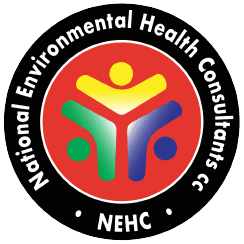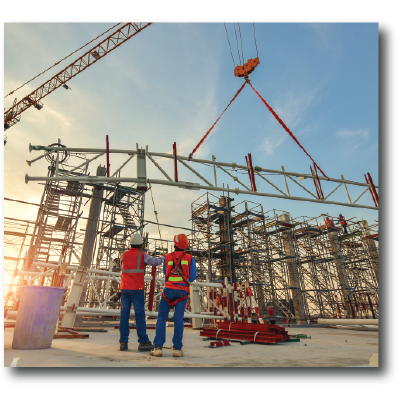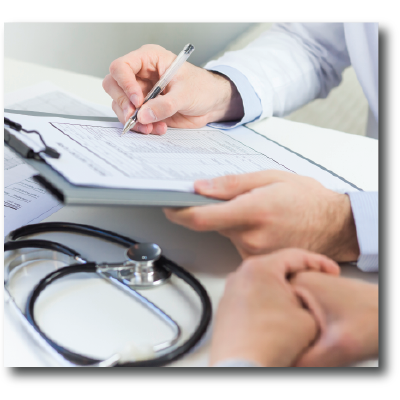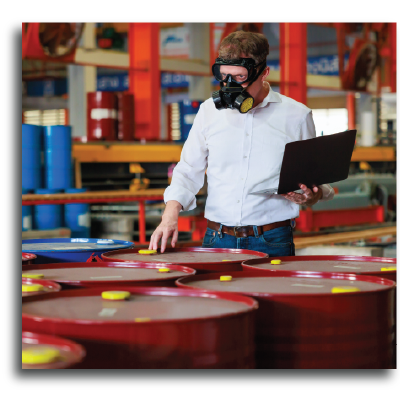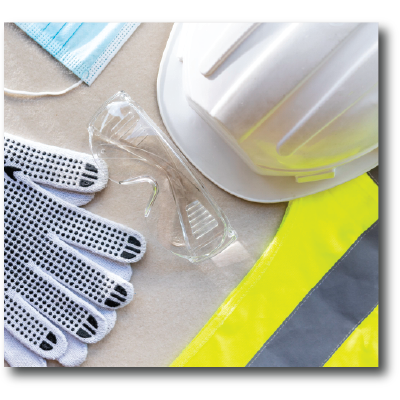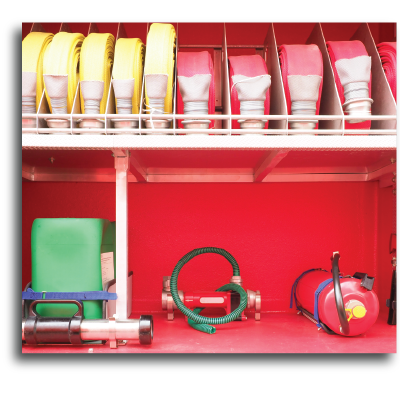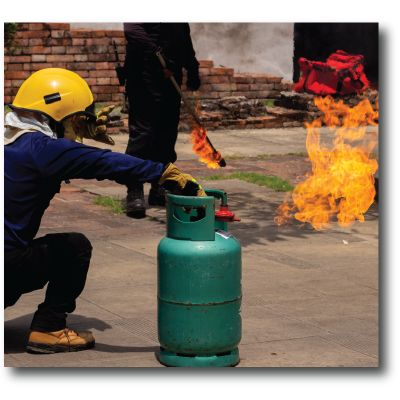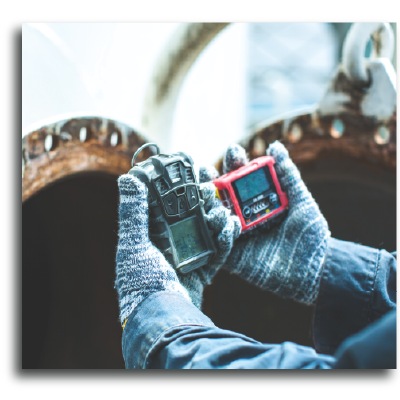Construction Regulations
With any new construction work every contractor shall before the commencement of such construction work and during construction work, cause a risk assessment to be performed by a competent person appointed in writing and the risk assessment shall form part of the Health and Safety plan to be applied on the sire, according to legislation.
This must include at least:
• The identification of the risks and hazards to which persons may be exposed to;
• The analysis and evaluation of the risks and hazards identified;
• A documented plan of safe work procedures to mitigate, reduce or control the risks and hazards that have been identified;
• A monitoring plan; and
• A review plan
The contractor must ensure that a copy of the risk assessment is available on site for inspection by an inspector, client, client’s agent, contractor, employee, representative trade union, health and safety representative or any member of the health and safety committee.
All employees under the contractor’s control must be informed, instructed and trained by a competent person regarding any hazards and related work procedures before any work commences and must be in possession of proof of the health and safety induction training for the period that the employee will be on the construction site.
Facility Risk Assessments
A facility risk assessment includes site assessment, hazard analysis, workplace inspections, and equipment inspections.
Formulation of OHS Policies & Procedures
A health and safety policy are a written statement by an employer stating the company’s commitment for the protection of the health and safety of employees and to the public. It is an endorsed commitment by management to its employees regarding their health and safety.
Hazardous Chemical Substance Assessments
Workplace hazardous chemicals are substances, mixtures and articles used in the workplace that can be classified according to their health and physicochemical hazards. Health hazards are hazards like skin irritants, carcinogens or respiratory sensitisers that have an adverse effect on a worker’s health as a result of direct contact with or exposure to the chemical, usually through inhalation, skin contact or ingestion. Physicochemical hazards generally result from the physical or chemical properties, like flammable, corrosive, oxidising or explosive substances.
Legal Compliance Audits
A gap analysis is the process companies use to compare their current performance with their desired, expected performance. This analysis is used to determine whether a company is meeting expectations and using its resources effectively.
A gap analysis is the means by which a company can recognize its current state—by measuring time, money, and labour—and compare it to its target state. By defining and analysing these gaps, the management team can create an action plan to move the organization forward and fill in the performance gaps.
OHS Act Compliance Audits
In general, compliance means conforming to a rule, such as a specification, policy, standard or law. Regulatory compliance describes the goal that organisations aspire to achieve in their efforts to ensure that they are aware of and take steps to comply with relevant laws and regulations. Is there a bug difference between Regulatory compliance and legal compliance?
The Occupational Health and Safety Acts/ Regulations Relating to The Health and Safety of Employees at Work, requires that all employers comply with legislation. Despite this, many employers have yet to issue basic instructions to their employees regarding health and safety in the workplace. Many other have no structures and/or programs to determine whether they are indeed complying. The Act clearly states that the mere issuing of instruction to employees is not sufficient. It insists on the practical implementation, maintenance and ongoing auditing of a health and safety program.
The Department/Ministry of Labour is merely adhering to international trends by expecting employers to take “reasonably practical” steps to ensure the health and safety of all those affected by its operations. Legal interpretation of what these measures are will differ from employer to employer, thereby making it essential for the employer to objectively evaluate levels of compliance, pertaining to its area of operation.
To prevent possible prosecution, and to fulfil its moral obligation, it is of the utmost importance that employers fulfil compliance, firstly and foremost by themselves and secondly by their employees in accordance with the requirements of the Act. The most effective manner to achieve this is by means of regular audits. This will verify matters such as appointments, practical compliance, health and safety awareness and communications within the Company.
Failure to implement such basic measure could spell disaster for the employer in the event of a breach on any health and safety requirements of the Act.
PPE
When exposure to hazards cannot be properly mitigated by engineering controls out of normal operations or maintenance work, and when safe work practices and other forms of administrative controls cannot provide sufficient additional protection, a supplementary method of control is the use of personal protective clothing or equipment.
Personal protective equipment commonly referred to as PPE is equipment worn to minimize exposure to serious workplace injuries and illnesses. Personal protective equipment may include gloves, safety glasses, safety shoes, earplugs or muffs, respirators, coveralls, vests and full body suits.
NEHC can assist to make sure correct PPE is used and all people are well informed and trained in the correct use of PPE.
Work Equipment Safety
Work equipment is defined as any machinery, appliance, apparatus, tool or installation for use at work and we make sure you use it safely.
As a company you must make sure before any equipment is used it is suitable for the job, it is maintained in a safe condition and it is inspected regularly to make sure it remains in a safe working manner.
The following are some general points which should be observed to ensure that work equipment is safe and does not present a risk to those who come in contact with it. For certain types of work equipment there will be more specific requirements and you should look at the manufacturer’s instructions or consult a competent engineer or equivalent person.
⦁ Maintain equipment in a good state of repair and proper working order to avoid presenting a risk of injury to staff or others.
⦁ Use equipment only for the operations and under the conditions for which it is appropriate.
⦁ Ensure the compatibility of items of equipment which are used together e.g., patient slings and hoists, beds and bedrails.
⦁ Develop a planned preventative maintenance programme to ensure equipment is kept in good repair.
⦁ Identify items of equipment which must be tested or examined at predetermined intervals and make arrangements for these services e.g., patient hoists and slings – thorough examination at least once in every 6-month period by a competent person; passenger lifts- thorough examination at least once in every 6-month period by a competent person); work vehicles to be maintained as per manufacturer’s instructions.
⦁ Ensure workers who carry out repairs, modifications, maintenance and servicing are competent.
⦁ Keep records of maintenance checks, examinations, testing and servicing.
⦁ Advise staff to check all items of equipment before use (i.e., a simple visual check) and only to use equipment that is safe. Where equipment is unsafe it must be taken out of service and sent for repair or replaced as required.
⦁ CE* marking is applicable to many products placed on the market, ensure that items purchased are CE marked where applicable. Note that CE marking is not a guarantee of quality but an indication by the manufacturer that the product complies with relevant EU Directives.
⦁ Obtain the instructions/user manual and ensure employees have access to it where necessary for their work.
⦁ Make employees aware of any health and safety risks associated with work equipment. Provide information, instructions and training to staff where required for the safe operation of equipment.
⦁ Where guards or other protection devices are required to ensure the safe operation of equipment they must be in place before use.
⦁ Where necessary, post warning notices and safe operating procedures alongside machines to remind operators and others of the dangers they impose and safe work practices. Many machine suppliers provide suitable notices.
* A CE Mark is a symbol that must be affixed to many products before they can be sold on the European market. The mark indicates that a product: Fulfils the requirements of relevant European product directives. Meets all the requirements of the relevant recognized European harmonized performance and safety standards.
Risk Management Programmes
Risk management programmes is designed to establish and maintain a structured procedure for risk management with processes to facilitate the early identification of hazards, assessment of risk and implementation of risk control mechanisms
Safety Risk Assessments
Safety Risk Assessments:
• We undertake a formal assessment of your Company’s Occupational Health and Safety needs.
• Assist your management in restructuring your existing Occupational Health and Safety Programme.
• Identify and advise on the risks encountered by your employees.
• Assist in the presentation of your Health, Safety and Environmental System during related audits.
• Conduct internal systems audits on a continuous basis to ensure ongoing system compliance.
• Establish and guide the Company Health and Safety Committee meetings for an initial period.
• Report to the responsible person on progress made.
• Provide relevant training if and when required.
• Participate in formal enquires and investigations by the Department/Ministry of Labour as and when requested by the Company.
